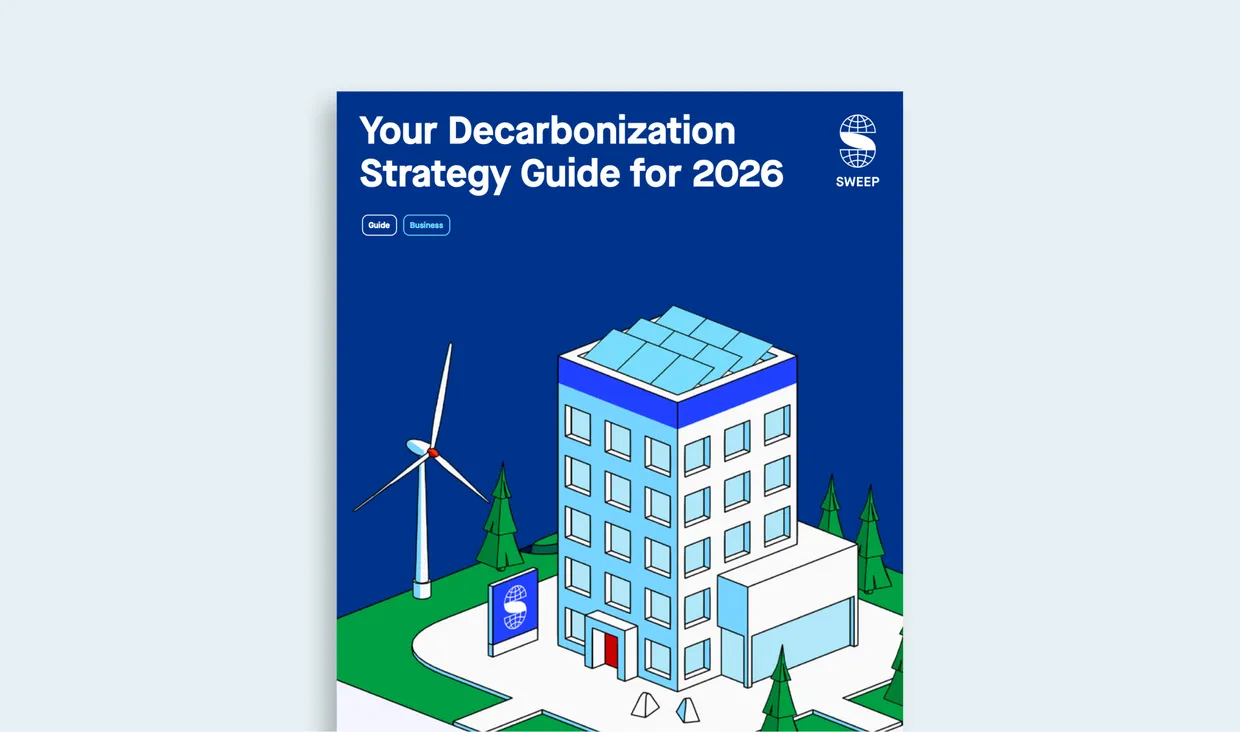How could the US Securities and Exchange Commission’s new corporate climate disclosures impact your business? Read on to get ready for sweeping climate reporting changes.
More than 6 years after the signing of the Paris Agreement, the US Securities and Exchange Commission (SEC) this week shared a new climate disclosure proposal for public companies.
The US joins the list of governments that have announced or already require companies to report their emissions and climate risks. If peer-pressure played a role, investors also had their say in the matter.
As the Environmental, Social, and Governance (ESG) conversation gets louder, investors are looking for transparent and reliable datasets to make investment decisions. But without common standards, everyone does it their own way – which makes it difficult to assess and compare sustainability reports.
So what did the SEC propose? And how will it impact your organization? Here’s what you need to know.
🧱 The basics: carbon emission and climate risk disclosures
If adopted, the new regulations will require US companies to provide the following climate-related information:
-
An assessment and plan to address climate-related risks
-
A report of their greenhouse emission data across scope 1, 2, and in some cases, scope 3
-
Details about the measurement process and the sources of metrics and data
The new rules are based on common reporting frameworks – the Task Force on Climate-Related Financial Disclosures (TCFD) and the GHG Protocol, a greenhouse gas accounting standard.
🧽 Come clean about reduction action and contributions
“From pledges to action” was COP26’s tagline, and this proposal can arguably be a follow-up to the global climate conference. It asks companies to have net-zero targets and build low-carbon transition plans, set an internal carbon price, and report carbon offsets.
This will bring a more transparent overview of a company’s climate action and hopefully help settle the debate around contributions. When paired up with reduction, they’re an integral part of a climate journey and can help achieve climate justice globally.
What’s an internal carbon price?
It can help companies effectively decarbonize while making a real impact on the planet. Sweep’s VP Climate Action, Renaud Bettin, explains how on the World Bank’s Carbon Leadership Price Coalition blog.
🔎 Make it harder for US companies to greenwash
Both SEC and commissioners highlighted the importance of consistency and reliability of climate-related data. Thousands of companies already disclose theirs through the Carbon Disclosure Project (CDP) or in annual reports. But voluntary disclosures leave big emitting companies out of the net and let companies pick whatever data they want to measure and report.
Mandatory climate disclosures will help spot discrepancies between a company’s marketing language and the real impact of its business operations. And they’ll help investors and financial institutions make better informed decisions, such as identifying risky investments in carbon-intense companies and driving funding in industries that’ll thrive in a low-carbon economy.
📈 CFOs will drive your company’s low carbon transition
Once adopted, the new rules will require companies to disclose GHG emissions in financial fillings. Companies will no longer create another report to share their carbon footprint as it’ll be included in their annual financial statements and verified by the SEC.
Under these new rules, CFOs will be accountable for providing accurate and reliable reporting of climate-related governance, risk management, transition, and carbon targets – in the same way they already do for financial disclosures. CFOs will play a key role in leading a company’s climate roadmap.
🤔 Will Scope 3 make it to the final bill?
The US has the opportunity to make history by being the first country that mandates scope 3 reporting (gradually implemented). This proposal requires the reporting of indirect scope 3 emissions if they’re material or if a company has set scope 3 related targets.
But many companies and trade groups, have argued against it, stating the complexity and uncertainty of data collection across a company's value chain. Thankfully, digital tools are emerging to help companies tackle this problem. 🙋
If the current full proposal gets approved in 60 days – with mandatory partial scope 3 disclosures – it’ll be a milestone and set a precedent for other governments to do the same.
More importantly, it’ll be a great win for companies (and the planet) as a full scope carbon audit will help them anticipate climate hazards and prepare their activities for the low-carbon future.
Photo credits: Securities and Exchange Commission




